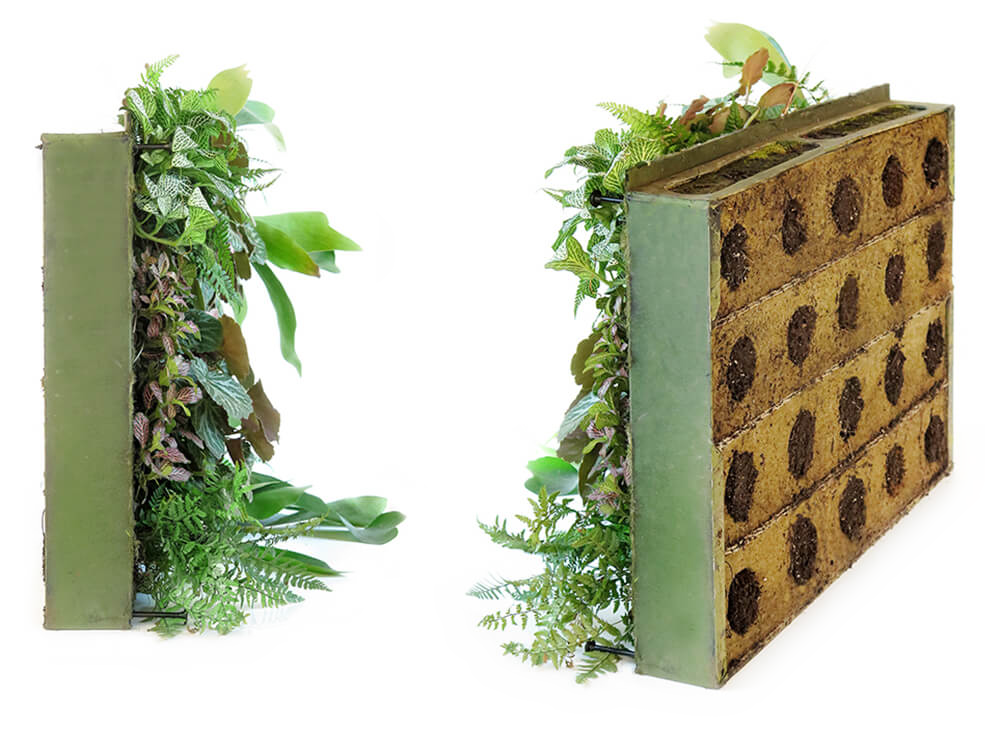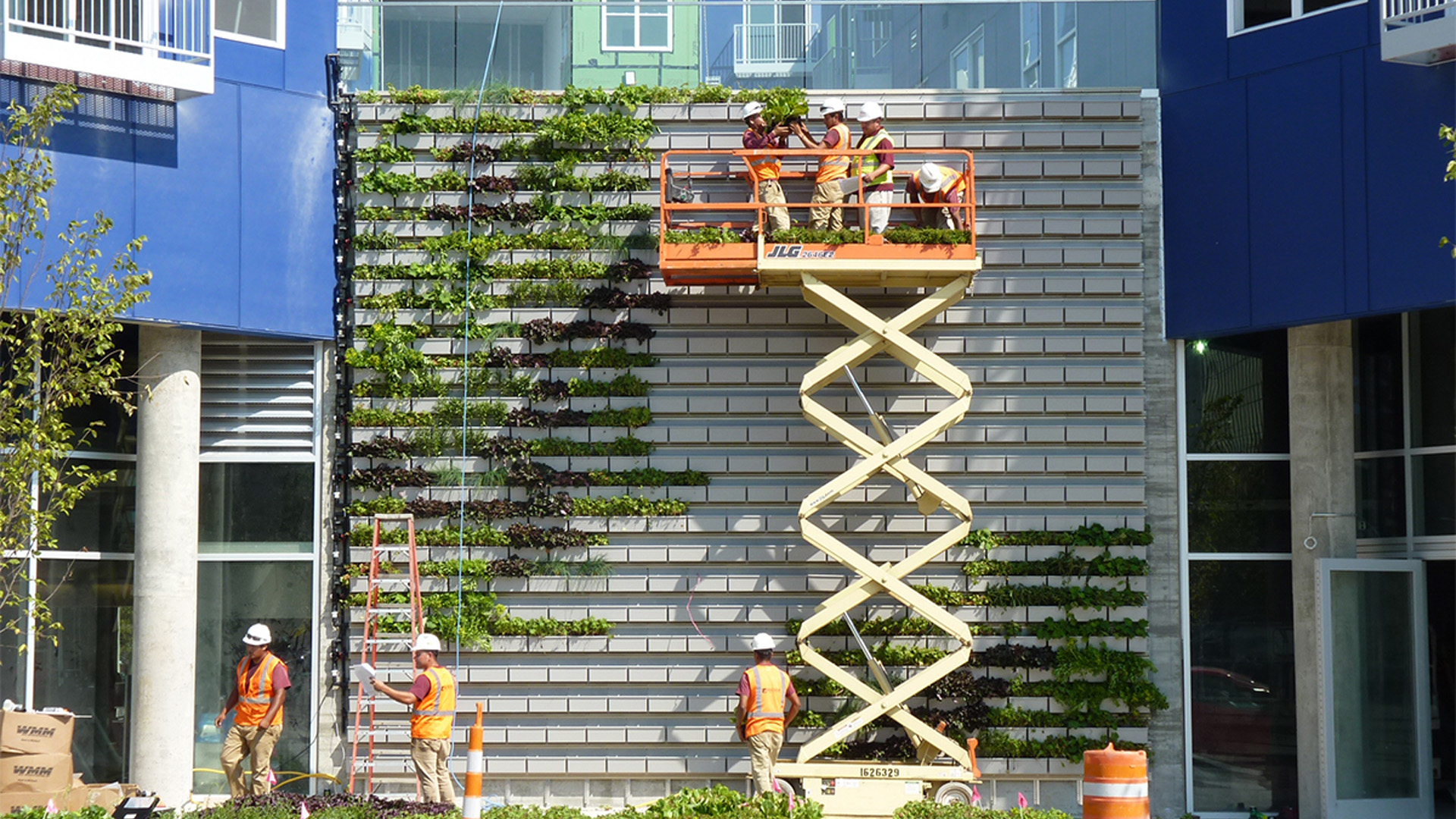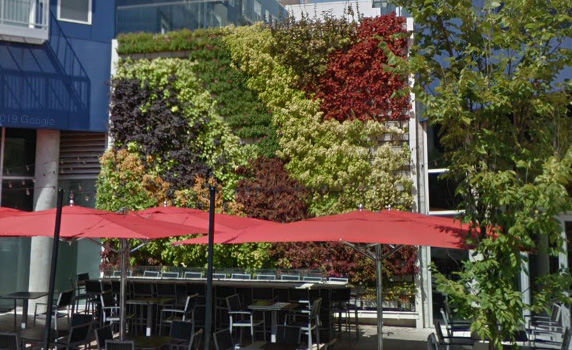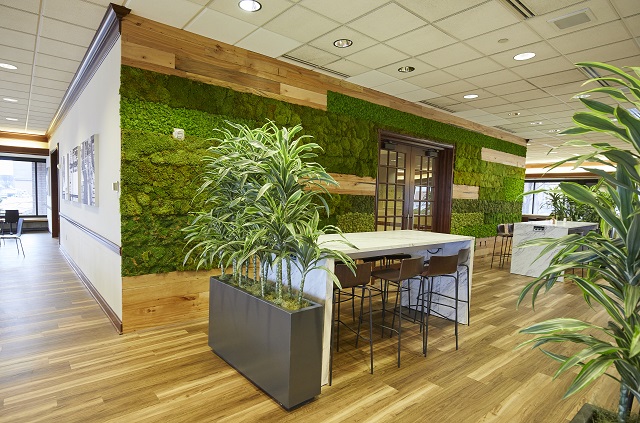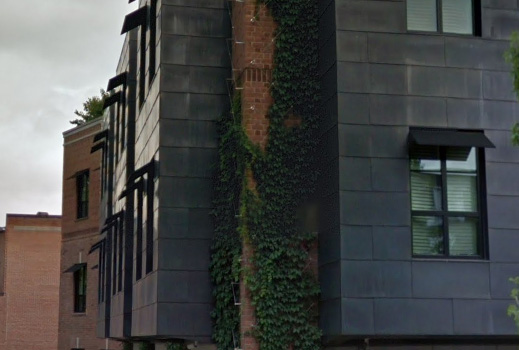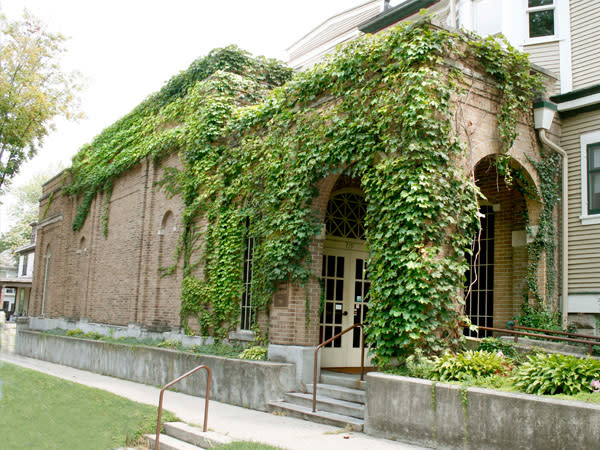Intern Research – Biophilic Design
Written By: Alexandar Juliano, Architectural Intern
June 20, 2022Post Tagged in
How can we best design in tandem with the natural world to further our local built environment? Here in Fort Wayne, there are several ways we can apply biophilia to both old and new buildings to connect in a new way with the world around us.
In architecture and design, biophilia is a connection to the living, natural world on the interior or exterior of a structure. It’s a way to create naturally balanced and beneficial environments. By increasing and embracing the presence of the natural world in our daily lives, we clean the air we breathe, insulate buildings from the sun and rain, and improve our mental and physical health. Lower blood pressure, a heightened perception of safety, and greater motivation & morale are all benefits linked to biophilic design. There are 14 patterns of biophilic design, divided into three categories – nature in the space, natural analogs, and the nature of the space. When thinking about bringing biophilic design to Indiana and Fort Wayne specifically, it is exciting to apply the logic of the 14 patterns by looking at examples already in our community and looking beyond to gain inspiration for application in future projects. Key installations appropriate for Indiana include substrate planters, vertical bucket planters, moss walls, and ivy trellis walls.
